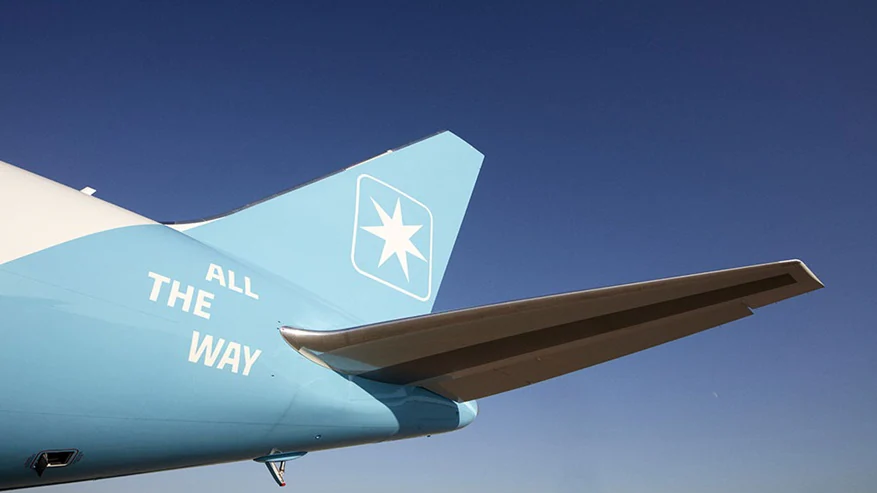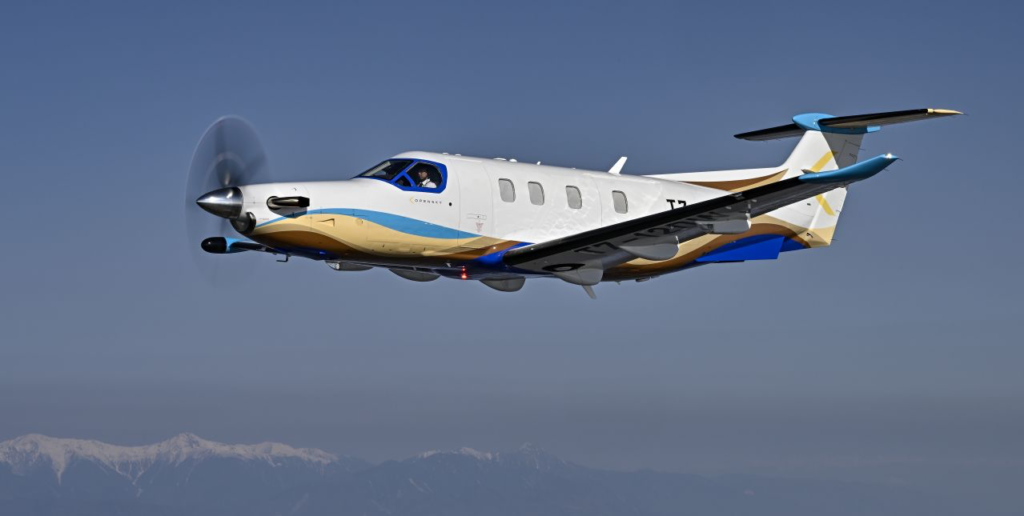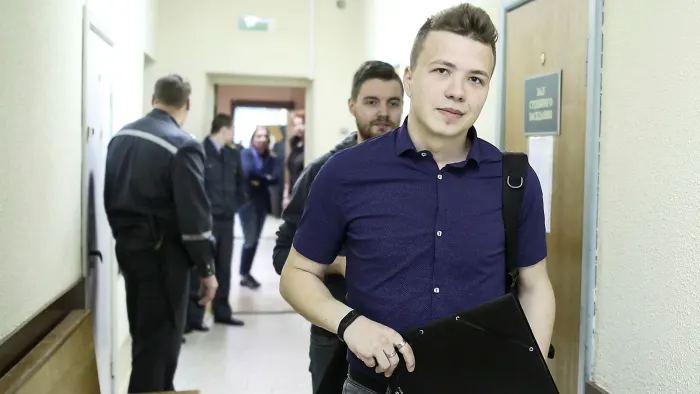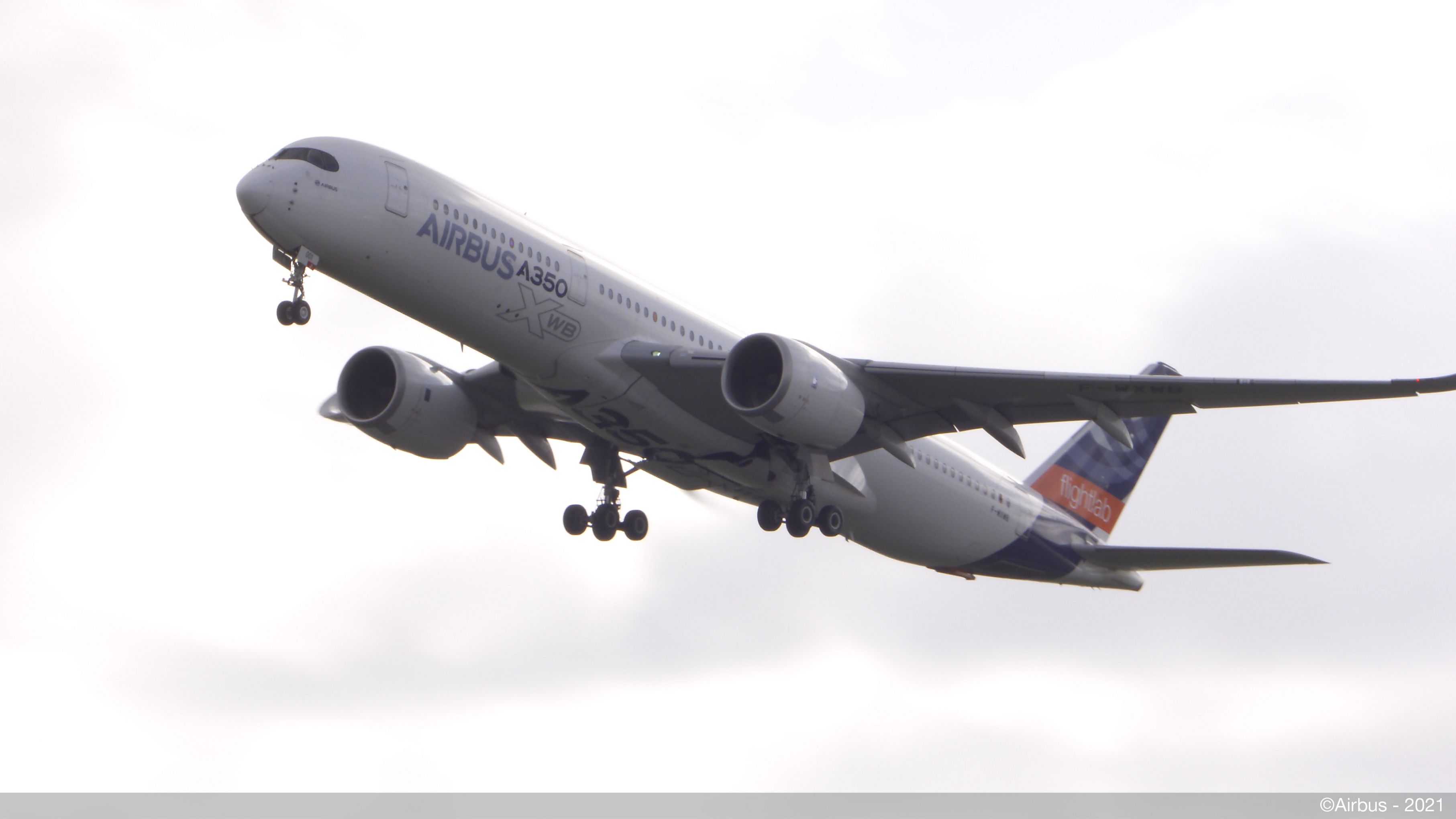Alaska Airlines adds new nonstops from Anchorage to New York City and San Diego
Alaska Air Group Inc (NYSE: ALK) is connecting Anchorage to both New York City and San Diego with seasonal nonstop service this summer. Daily flights to New York JFK begin June 13, 2024, and weekly…







